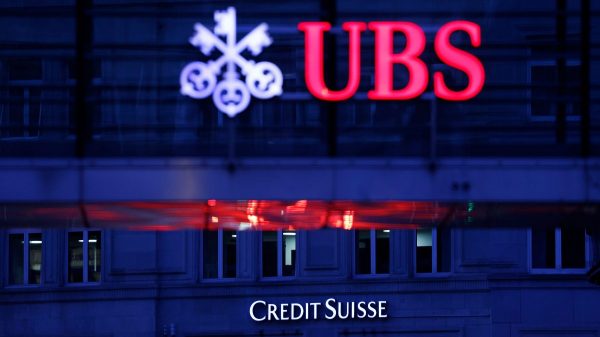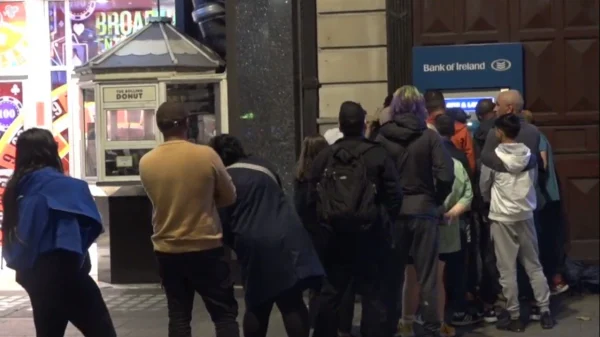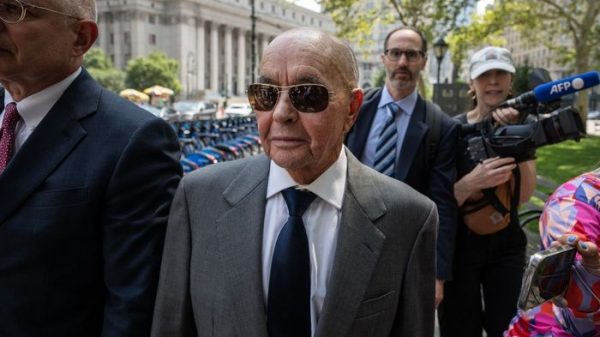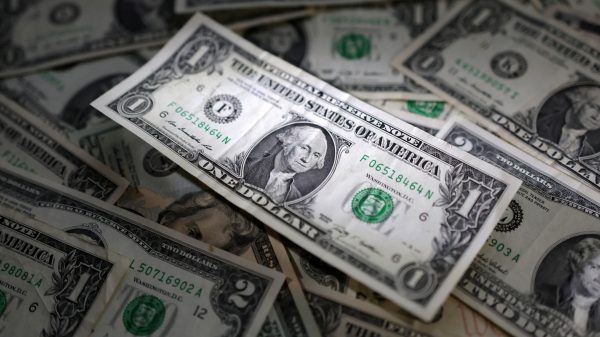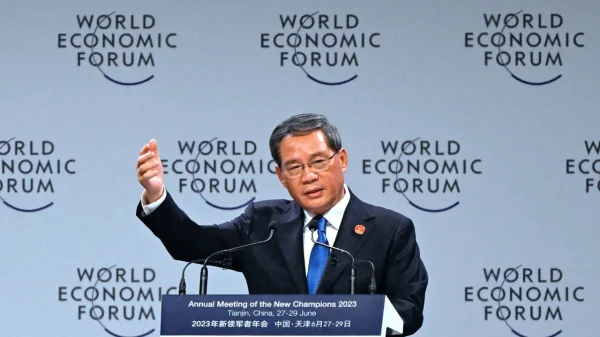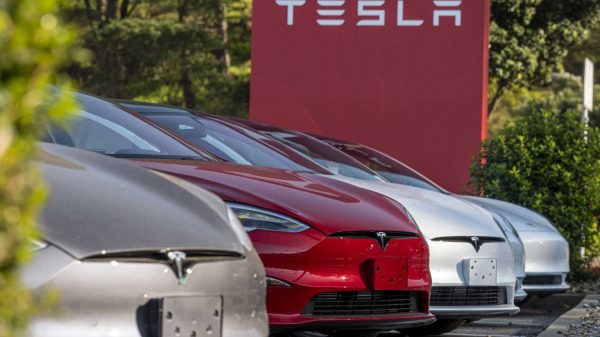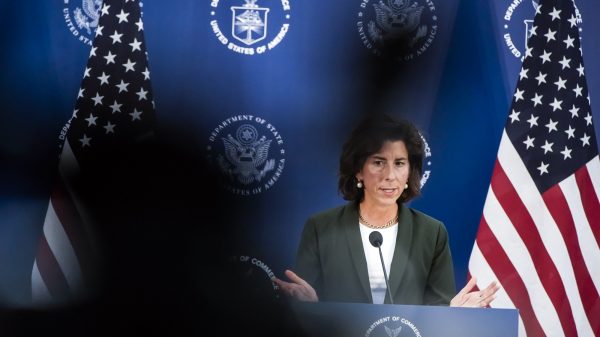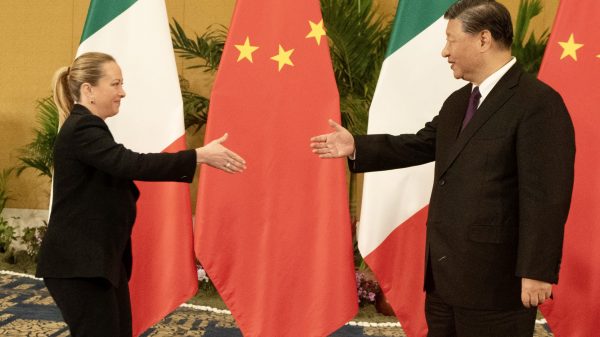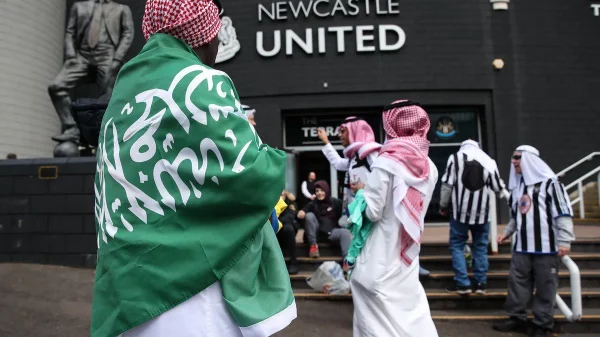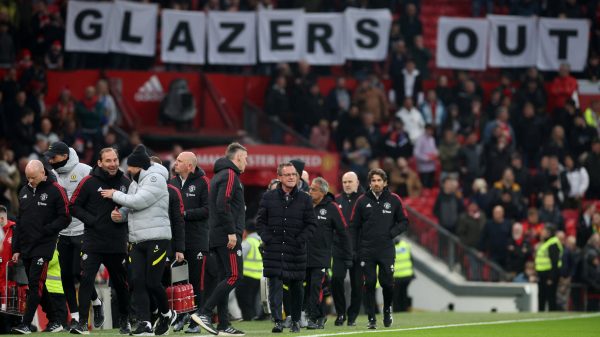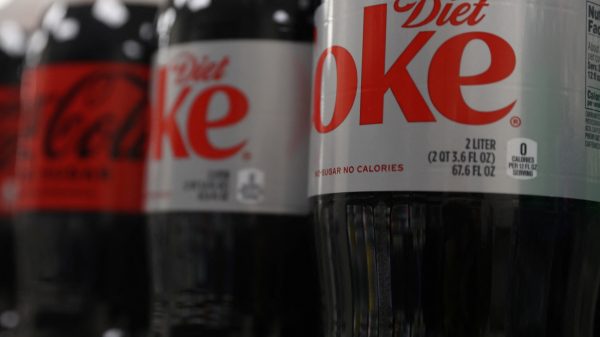By Marcus Ashworth
With Mario Draghi halfway out of the door, the battle is on for the future direction of European Central Bank monetary policy. The nature of the contest is arcane, to say the least.
For a while now, the Banque de France governor Francois Villeroy de Galhau has been pushing the idea of tiering deposit rates to ease the pain thats been inflicted on commercial banks by negative interest rates. At the moment, euro zone lenders are essentially having to pay to park their excess deposits with their central banks, putting a squeeze on profits. Tiering would exempt some of those excess reserves from the lowest rate, thereby lowering the cost to the banks.
This week, Draghi himself conceded that the ECB needed to reflect on ways to mitigate any adverse affects of negative rates.
Still, the debate is far from over-.Klaas Knot, the Dutch central bank chief, on Thursday poured cold water on tiering. Peter Praet, ECBs outgoing chief economist, said there needed to be a solid monetary policy case for making such a change.
How the ECB must regret stopping its bond-buying programmes in December, just as the euro areas economy stalled. That an old and complicated idea like tiering is being dusted off again shows the bank is in danger of running out of real policy options. Rather it is reduced to possibly tinkering around the edges.
The reason the ECBs benchmark deposit rate is at a negative 40 basis points is to dissuade commercial banks from hoarding surplus cash, and instead encourage them to lend into the wider economy. Unfortunately, the opposite has happened every time Draghi has cut rates. More than 1.83 trillion euros ($2.1 trillion) now sits idling with the national central banks.
Its a monumental waste and shows the ECBs huge QE and stimulus packages have singularly failed to promote lending. The transmission mechanism no longer works as the interbank market, and cross-border lending in particular, has dried up.
[contf]
[contfnew]
ET Markets
[contfnewc]
[contfnewc]









